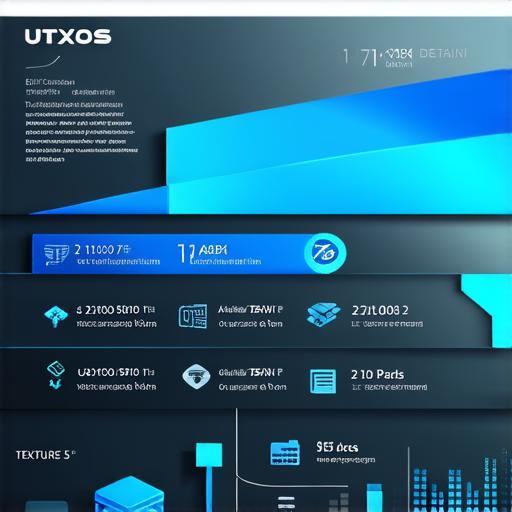If you’re new to the world of cryptocurrency, you might be surprised by the jargon that surrounds it. One term that is likely to confuse many beginners is UTXO.
While this may seem like an abbreviation for a complicated technical concept, the truth is that UTXOs are actually quite simple and essential to understanding how Bitcoin transactions work. In this article, we’ll explore what UTXOs are, why they matter in a Bitcoin blockchain, and how you can use them to your advantage as a developer.
What are UTXOs?
UTXOs stand for Unspent Transaction Outputs, which are the bitcoin addresses that have not yet been used or spent by anyone else on the network. Essentially, an UTXO is like a digital wallet balance – it’s the amount of Bitcoin that you currently own and can access.
When you make a Bitcoin transaction, you spend some portion of your UTXOs to pay for goods or services, leaving behind a smaller balance.

In order to keep track of which UTXOs have been spent and which have not, the Bitcoin network uses a public ledger called the blockchain. The blockchain is essentially a record of every Bitcoin transaction that has ever taken place on the network. Each time you make a new transaction, it gets added to the blockchain, providing transparency and security for all parties involved.
Why do UTXOs matter?
UTXOs are crucial to understanding how Bitcoin transactions work because they provide a way of measuring ownership and value in the network. By keeping track of which bitcoin addresses have been used or not, the blockchain ensures that no one can spend more Bitcoin than they actually own. This helps prevent fraud and other forms of illegal activity on the network, while also providing a level of security for users.
Furthermore, UTXOs are important because they allow developers to build applications and services that are based on the current state of the blockchain. For example, if you want to create a dapp that allows users to buy goods or services with Bitcoin, you’ll need to be able to access the user’s UTXOs in order to deduct the appropriate amount from their balance.
Similarly, if you’re building a decentralized exchange (DEX) or other type of trading platform, you’ll need to be able to track which UTXOs have been traded and which ones are still available for use.
How do UTXOs work in practice?
UTXOs work by combining two key elements: private keys and public keys. When you create a new Bitcoin address, the network generates both a public key and a private key. The public key is essentially the address of your wallet and can be used to receive payments from others, while the private key is used to sign transactions that you want to send out.
Whenever you make a Bitcoin transaction, you need to sign it with your private key in order to prove ownership of the UTXOs that you’re spending. This signature is then broadcast to the network, where it can be verified by other nodes on the blockchain to ensure that the transaction is valid and that you have enough UTXOs to cover the cost of the transaction.
If your private key is lost or stolen, you may not be able to access your UTXOs anymore. This is why it’s important to keep your private keys safe and secure – either by storing them in a hardware wallet or using other security measures to protect them from theft.
Case studies: How UTXOs have been used in practice
<p
